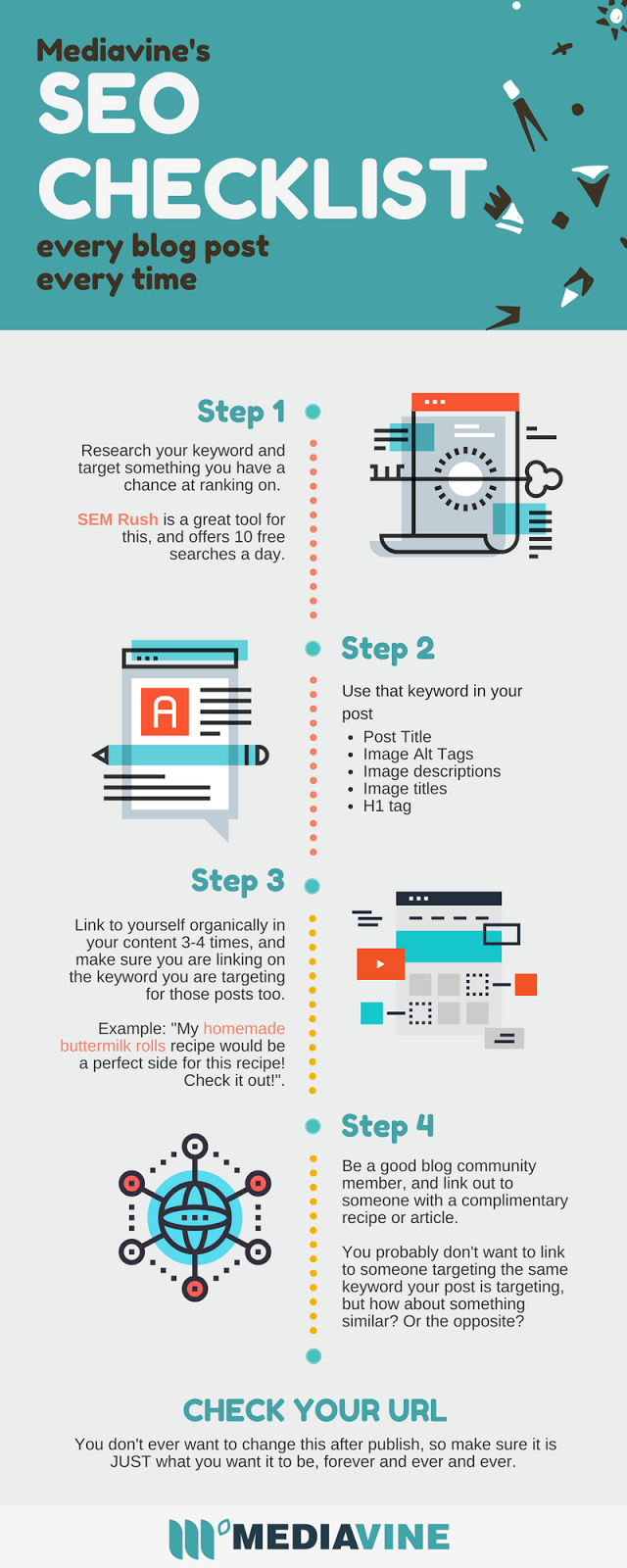How to Perform a Technical SEO Audit for Your Website

Imagine your website as a sprawling city. Just as urban planners ensure that roads are well-maintained, buildings are accessible, and infrastructure is efficient, a technical SEO audit ensures that your website is optimized for search engines and users alike. It's the blueprint that helps search engines like Google navigate, understand, and rank your site. So, are you ready to become the urban planner of your digital domain? Let's dive into how to perform a technical SEO audit for your website.
Understanding the SEO Checklist
Before we delve into the specifics, let's outline our SEO checklist. Think of this as your toolkit, filled with essentials like site structure, crawlability, mobile-first indexing, and site speed. Each of these components plays a crucial role in the overall health and performance of your website.
Site Structure: The Backbone of Your Website
A well-organized site structure is like the skeleton of your website. It provides the framework that supports all other elements. A logical and hierarchical structure ensures that both users and search engines can easily navigate your site.
Why Site Structure Matters
Imagine walking into a library where books are scattered randomly. It would be a nightmare to find what you need, right? The same principle applies to your website. A clear site structure helps search engines understand the context and relevance of your content, which can significantly boost your rankings.
Best Practices for Site Structure
- Hierarchical Structure: Organize your content in a pyramid structure, with the homepage at the top, followed by categories, subcategories, and individual pages.
- URL Structure: Use clean, descriptive URLs that reflect the content of the page. Avoid complex strings of numbers and symbols.
- Breadcrumbs: Implement breadcrumb navigation to help users and search engines understand their location within the site structure.
Crawlability: Ensuring Search Engines Can Access Your Site
Crawlability refers to how easily search engine bots can access and understand your website's content. Think of it as the roadmap that guides search engines through your site.
Why Crawlability Matters
If search engines can't crawl your site, they can't index your pages, and your content won't appear in search results. It's like having a beautiful storefront hidden in a dark alley—no one will find it.
Best Practices for Crawlability
- Robots.txt File: Use a robots.txt file to instruct search engines which pages to crawl and which to ignore.
- Sitemap: Create an XML sitemap that lists all the important pages on your site. This helps search engines discover and index your content.
- Internal Linking: Use internal links to connect related pages. This not only improves user experience but also helps search engines understand the context and importance of your content.
Mobile-First Indexing: Prioritizing Mobile Users
Mobile-first indexing means that Google uses the mobile version of your website for indexing and ranking. With the majority of users accessing the web via mobile devices, this shift is crucial for your SEO strategy.
Why Mobile-First Indexing Matters
If your website isn't optimized for mobile, you risk losing a significant portion of your audience. It's like having a store that's only open during the night—you're missing out on peak traffic.
Best Practices for Mobile-First Indexing
- Responsive Design: Ensure your website is responsive and adapts to different screen sizes.
- Mobile-Friendly Content: Use large fonts, easy-to-tap buttons, and avoid Flash content.
- Page Speed: Optimize your site for fast loading times on mobile devices.
Site Speed: The Need for Speed
Site speed is a critical factor in both user experience and SEO. Slow-loading pages can frustrate users and negatively impact your search engine rankings.
Why Site Speed Matters
Imagine waiting in line at a store for what feels like an eternity. You'd probably leave and go somewhere else, right? The same applies to your website. Slow loading times can drive users away and hurt your SEO efforts.
Best Practices for Site Speed
- Optimize Images: Compress images to reduce file sizes without sacrificing quality.
- Minify Code: Remove unnecessary characters from your HTML, CSS, and JavaScript files.
- Leverage Browser Caching: Store static files in the user's browser to reduce load times on subsequent visits.

Conclusion: Your Path to SEO Success
Performing a technical SEO audit is like conducting a thorough health checkup for your website. It helps you identify and address issues that could be hindering your site's performance and visibility. By focusing on site structure, crawlability, mobile-first indexing, and site speed, you can create a website that not only ranks well but also provides an exceptional user experience.
So, are you ready to take your website to the next level? Start with a comprehensive technical SEO audit and watch your rankings soar.
FAQs
What is a technical SEO audit? A technical SEO audit is a comprehensive evaluation of your website's technical aspects to ensure it is optimized for search engines and users.
Why is site structure important for SEO? A well-organized site structure helps search engines understand the context and relevance of your content, which can improve your rankings.
How can I improve my site's crawlability? You can improve your site's crawlability by using a robots.txt file, creating an XML sitemap, and implementing internal linking.
What is mobile-first indexing? Mobile-first indexing means that Google uses the mobile version of your website for indexing and ranking.
How can I optimize my site speed? You can optimize your site speed by compressing images, minifying code, and leveraging browser caching.

By following these best practices and conducting regular technical SEO audits, you can ensure your website remains in top shape and continues to attract and engage users. Happy optimizing!

Belum ada Komentar untuk "How to Perform a Technical SEO Audit for Your Website"
Posting Komentar